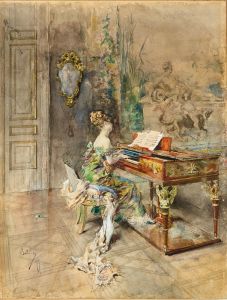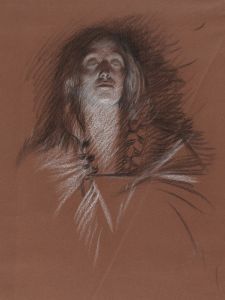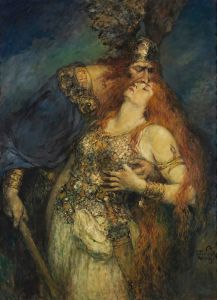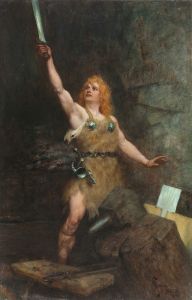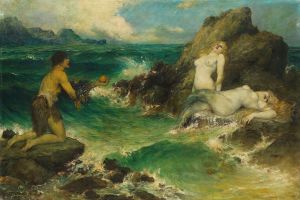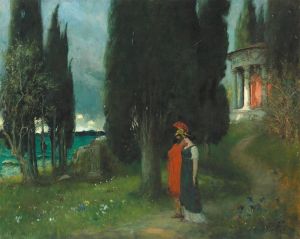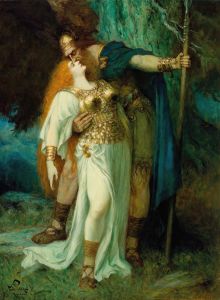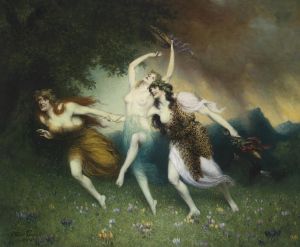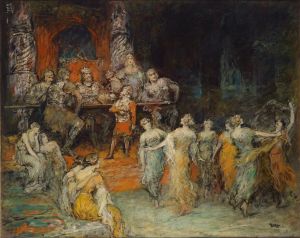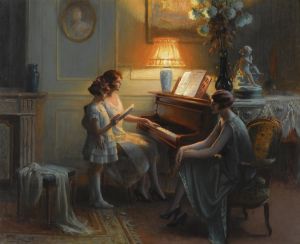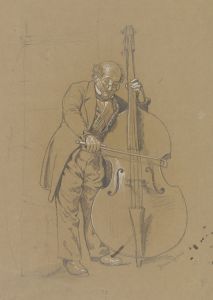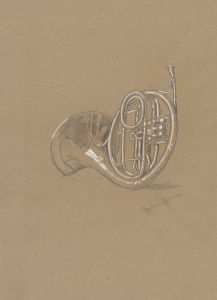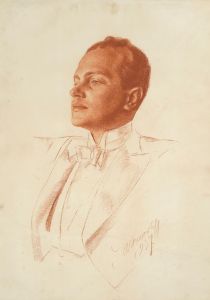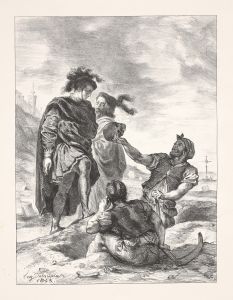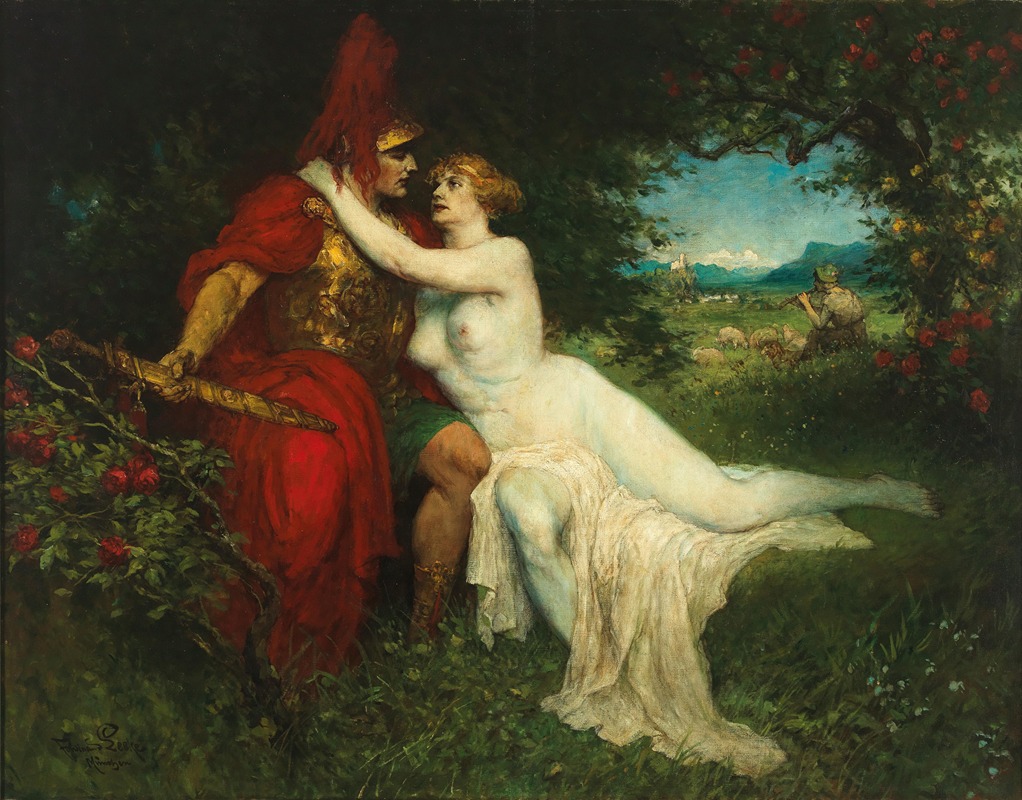
Tannhäuser and Venus in the Venusberg, scene from Richard Wagner’s opera
A hand-painted replica of Ferdinand Leeke’s masterpiece Tannhäuser and Venus in the Venusberg, scene from Richard Wagner’s opera, meticulously crafted by professional artists to capture the true essence of the original. Each piece is created with museum-quality canvas and rare mineral pigments, carefully painted by experienced artists with delicate brushstrokes and rich, layered colors to perfectly recreate the texture of the original artwork. Unlike machine-printed reproductions, this hand-painted version brings the painting to life, infused with the artist’s emotions and skill in every stroke. Whether for personal collection or home decoration, it instantly elevates the artistic atmosphere of any space.
"Tannhäuser and Venus in the Venusberg" is a painting by German artist Ferdinand Leeke, inspired by Richard Wagner's opera Tannhäuser. Leeke, known for his depictions of Wagnerian themes, created this artwork as part of a series illustrating scenes from Wagner's operas. The painting portrays a pivotal moment from the opera, where the protagonist, Tannhäuser, is shown in the Venusberg, the mythical abode of Venus, the goddess of love.
In Wagner's opera, Tannhäuser, the Venusberg represents a realm of sensual pleasure and temptation. The story follows Tannhäuser, a minstrel-knight, who becomes ensnared in the seductive allure of Venus but ultimately seeks redemption through spiritual salvation. Leeke's painting captures the dramatic tension of this scene, emphasizing the contrast between Tannhäuser's internal conflict and Venus's enchanting presence. The composition typically features Venus in a reclining pose, exuding sensuality, while Tannhäuser is depicted as torn between desire and the yearning to return to the mortal world.
Ferdinand Leeke (1859–1923) was a German painter associated with the Romantic tradition. He gained recognition for his works inspired by Wagner's operas, which were highly popular in Germany during the late 19th and early 20th centuries. Leeke's paintings often aimed to visually interpret the emotional and narrative depth of Wagner's music dramas. His works were commissioned by Siegfried Wagner, the composer's son, to promote the operas through visual art.
The painting reflects the influence of Romanticism, with its focus on mythological themes, dramatic contrasts, and emotional intensity. Leeke's use of vivid colors and dynamic composition enhances the otherworldly atmosphere of the Venusberg, aligning with the fantastical elements of Wagner's opera. The artwork serves as both a standalone piece of visual art and a complement to the operatic experience, offering audiences a visual representation of Wagner's richly imaginative world.
"Tannhäuser and Venus in the Venusberg" remains a notable example of how 19th-century visual art intersected with music and literature, illustrating the enduring cultural impact of Wagner's operas. While the painting is primarily appreciated within the context of Wagnerian art, it also reflects broader artistic trends of its time, including the fascination with mythology, romanticized depictions of the human form, and the exploration of themes such as love, temptation, and redemption.





